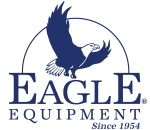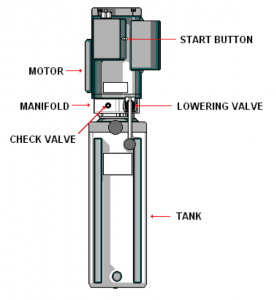If you’ve ever purchased any sort of electronic device for your home, odds are you’ve come across the term “amperage” and “voltage”. What exactly do all these terms mean, and why do they matter?
What’s the difference between Amps and Volts?
Amps – This is the measure of how much electricity is flowing through an electrical line, which is like the amount of water flowing through a hose.
Volts – This is the measure of how strong or the force of electricity flowing through an electrical line, which is like the pressure of the water flowing through a hose.
In short, having an understanding of amps, and volts and can help you save money!
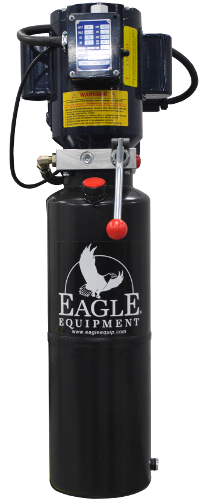 How Do We Know Which Power Unit Is Right for You?
How Do We Know Which Power Unit Is Right for You?
When determining which power unit is right for you, we look at how much power our lifts need, then we determine what voltage is the most feasible to use. The higher the voltage, the lower the amps draw. A good analogy for understanding what these terms mean is to think of them like water flowing through a hose.
Imagine using 110 volts for all of your large household appliances. That’s like trying to use the same amount of power for a toaster oven as for your washer and dryer. Eventually, you may end up with an overheated power supply. The device itself may not function, or may not do so well.
***Think air conditioners here, the big ones are 240 VAC vs. the smaller 120 VAC units. Plug either into the wrong voltage and see what happens.
One easy way to look at it is this:
- Voltage is provided by (or pushed) by the power supply.
- Amperage is taken by (or pulled) by the device being powered.
In other words, while the voltage is a constant and should match, the amperage is something that varies based on the device’s need.
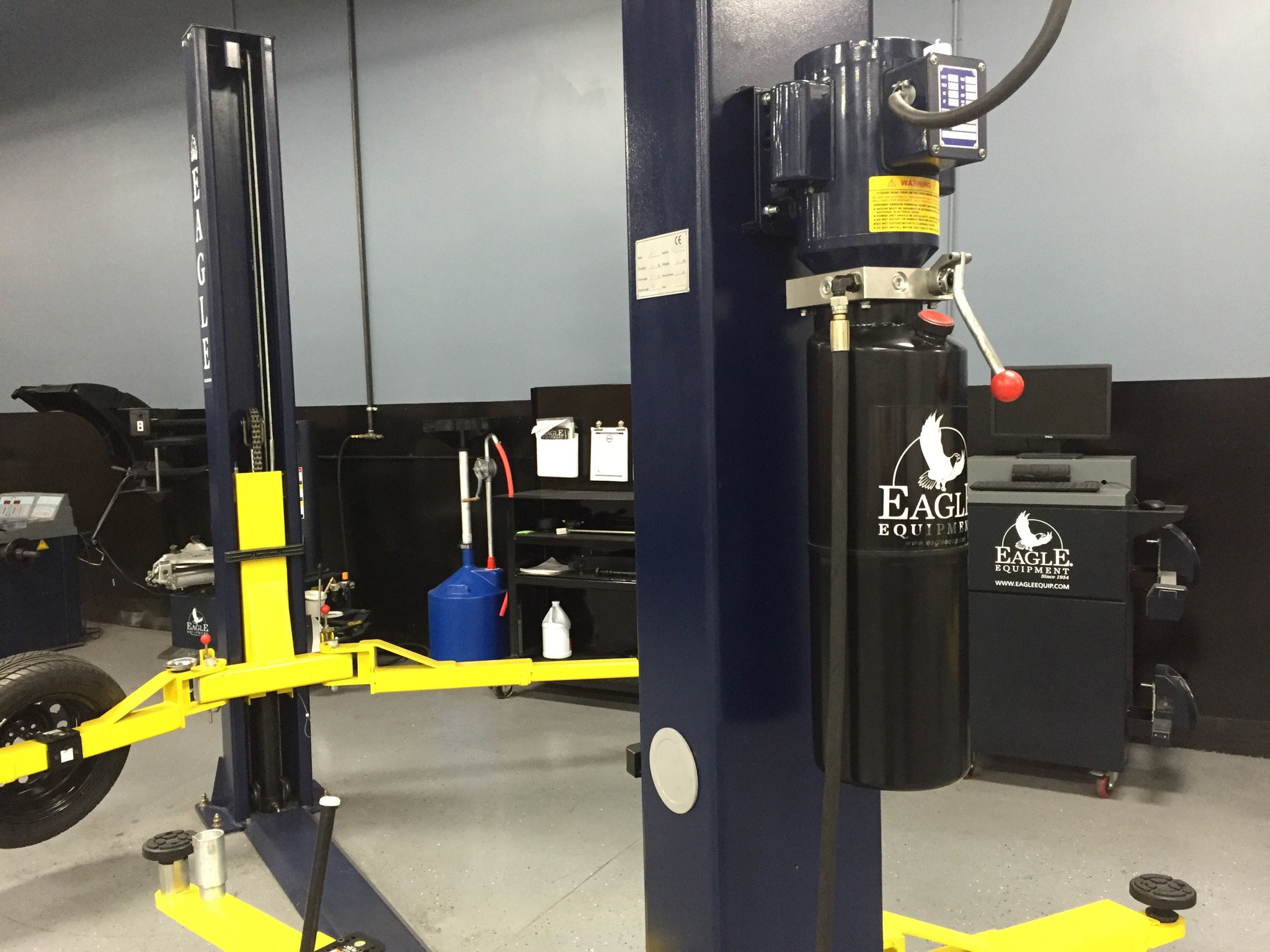
Which Power Unit is Compatible to What Lift and Why?
Eagle’s power unit is available as a 110V or a 220V. Basically, the 220V provides twice the amount of power as the 110V. Eagle’s 2-post car lifts come with an Eagle 220 Voltage, and 14.5-16.5 Amperage.
Why? Our 2-post lifts are made for shops, meaning the equipment will be used frequently. They are also built with 2 cylinders. For this type of lift you would need more voltage to get the appropriate power use, and with more power the less amperage you would need.
There is an option for our MS8000–8000XLT. You can choose between the EAGLE 220V or the EAGLE 110V. Why? These particular lifts can be used within a shop, or for homeowner use.
Typically, these lifts are used occasionally which means you wouldn’t need as much power.
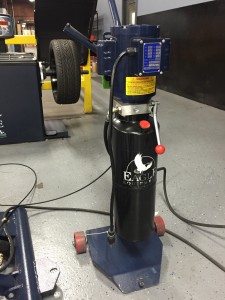
The Eagle MOBILEMAN and the Portable Mid-Rise Lift both come with a 110V power unit. These are popular lifts for homeowners and have a smaller capacity than our two-post lifts.
What happens when you use a 110V on a lift that needs a 220V?
When someone puts a 110V power unit on an Eagle lift that requires a 220V, a few issues arise. The first being that it will void the 13-month warranty that comes with your Eagle power unit. If it isn’t created for that use…. You shouldn’t use it for that use. The motor will also burn out and you won’t be able to lift anything. It’s best to use the correct power unit for your equipment. If you’re unsure which power unit is right for you, give us a call.
The EAGLE 110V
- Large 3 1/2 gallon metal tank with a durable power-coated finish
- 2.5 hp Motor
- 110 Voltage
- Single Phase
- 60 HZ
- Amperage 20
- 3450 RPM
- 13-Month Warranty
The EAGLE 220V
- Large 3 1/2 gallon metal tank with a durable power-coated finish
- 2.5 hp Motor
- 220 Voltage
- Single Phase
- 60 HZ
- Amperage 14.5-16.5
- 3450 RPM
Also check out the blog, “Why isn’t my power unit pumping fluid?”
